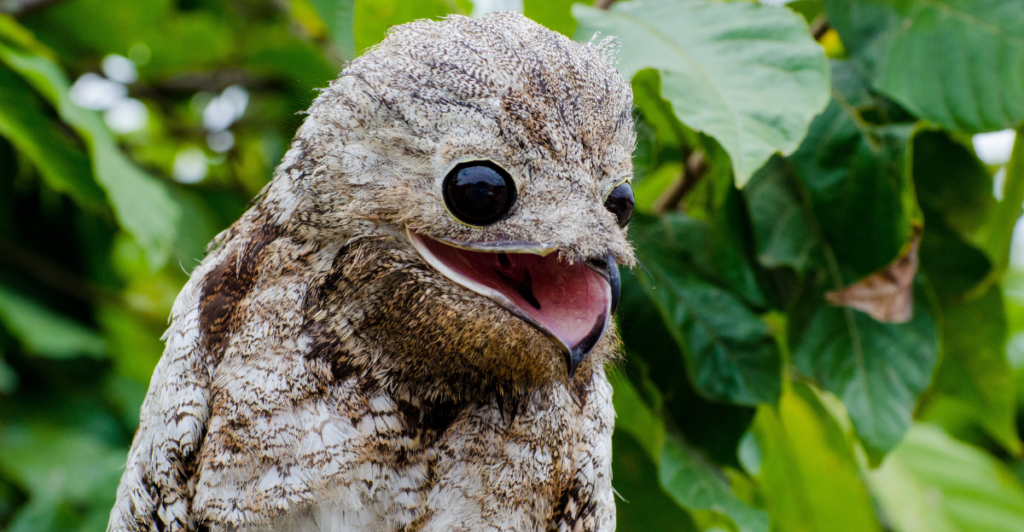
In the regions of Central and South America, there’s a haunting bird that is called the dense forests home. This fascinating bird has unique evolutionary traits and an eerie call that has attracted the attention of nature enthusiasts and scientists alike. It has a unique ability to camouflage itself into its environment and can even sense predators and changes in light while its eyes are closed!
Physical Characteristics
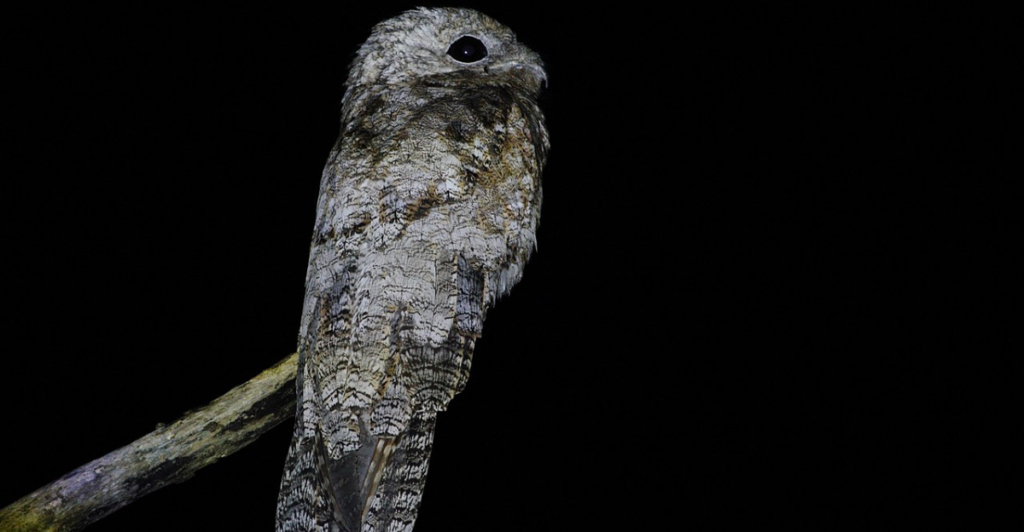
The great potoo has many unique characteristics. The bird has large bulbous eyes located on the side of its round head. It weighs around 13 to 23 ounces and 24 inches tall. The bird’s coat features a mottled black, gray, and white to help it blend into its environment.
A Master Of Camouflage
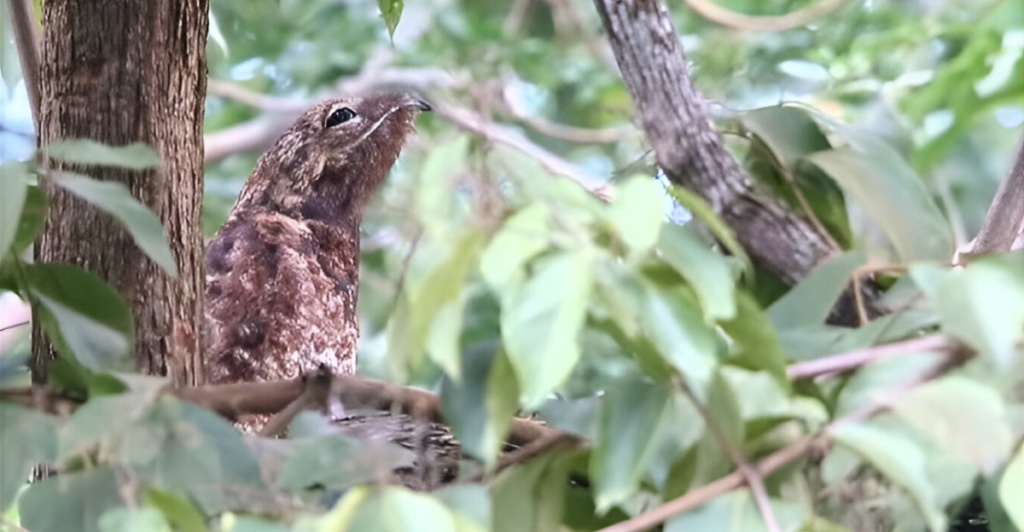
The great potoo has a strange evolutionary adaptation where it finds tree stumps to sit upon during the day. When perched on these stumps, it stretches its body in a bizarre and eerie position before closing its eyes before resting. Many may think they are vulnerable during this process, but they are well camouflaged and very aware.
Nocturnal Hunter
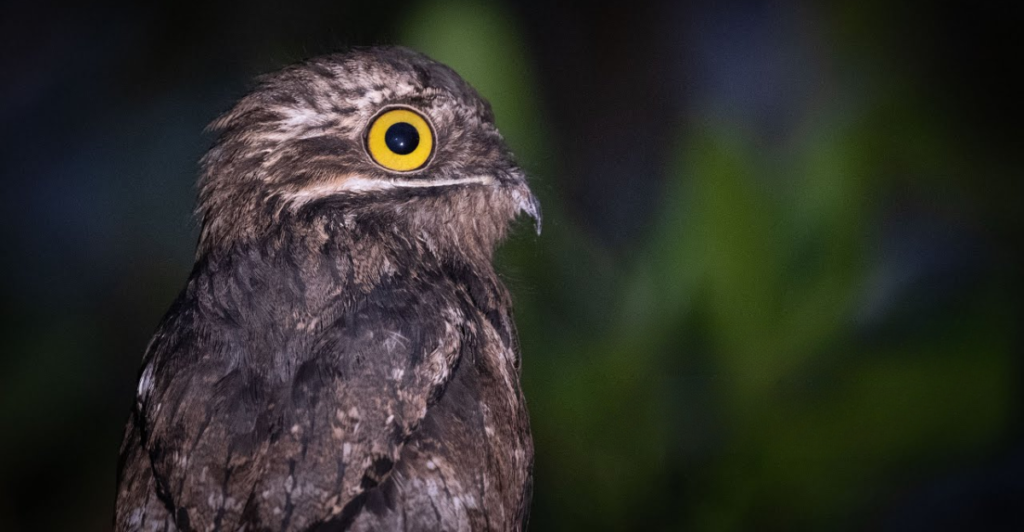
The great potoo rests in its bizarre state during the day and becomes an efficient hunter at night time. They actively hunt large insects, bats, and other small birds. Once they’ve grabbed their prey, they fly back to their perch, where they consume the animal.
Haunting Calls
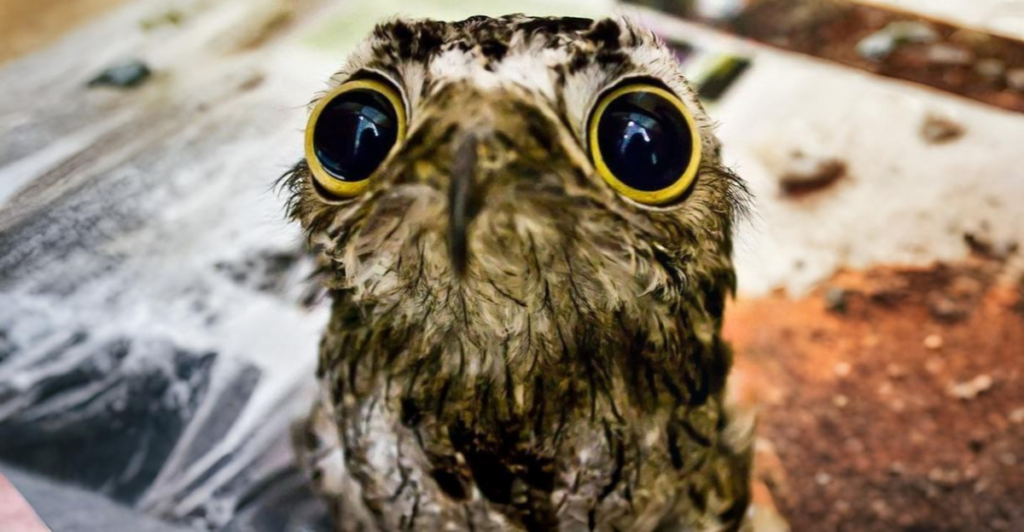
A strange trait of the great potoo is the sounds that it makes during the night when it is awake and hunting. It makes a low, moaning sound that some local communities have thought to be the calling of children lost in the woods.
Unique Vision
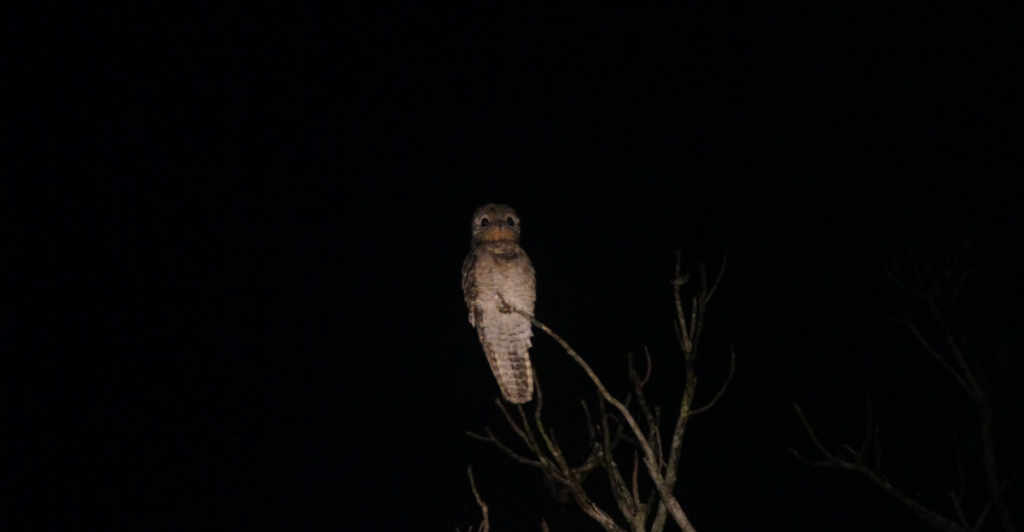
While the great potoo sits on its stump during the day, it is exceptionally aware of its surroundings, even with its eyes closed. Their eyelids are one-of-a-kind, having notches in them that allow them to look through them during the day and sense changes in light and predators even while they rest.
Solitary
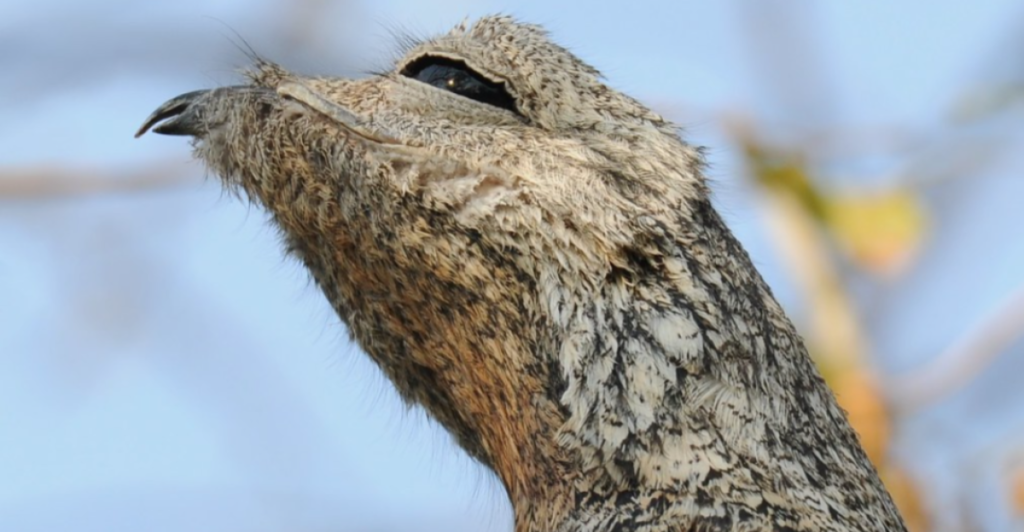
Great potoos are mostly solitary birds, normally only seen in groups during mating season. They are not territorial birds and prefer to hunt alone. They use their solitary nature to blend in with their camouflage and not attract the attention of predators.
Breeding
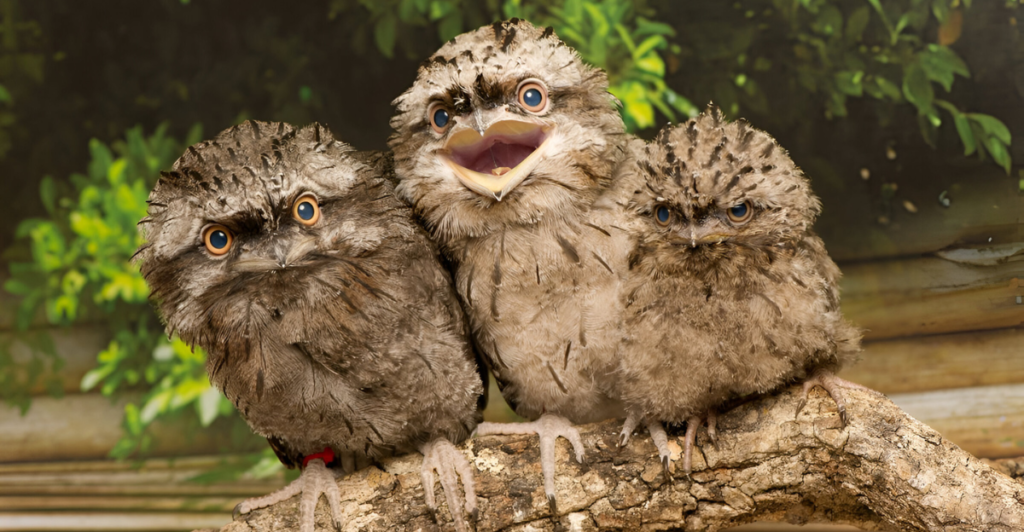
Despite being solitary animals, great potoos are monogamous and keep one mate for life. They make their nests up high on tree branches and only lay a single egg. Both parents stick around to protect the egg and the chick during this time.
Threats
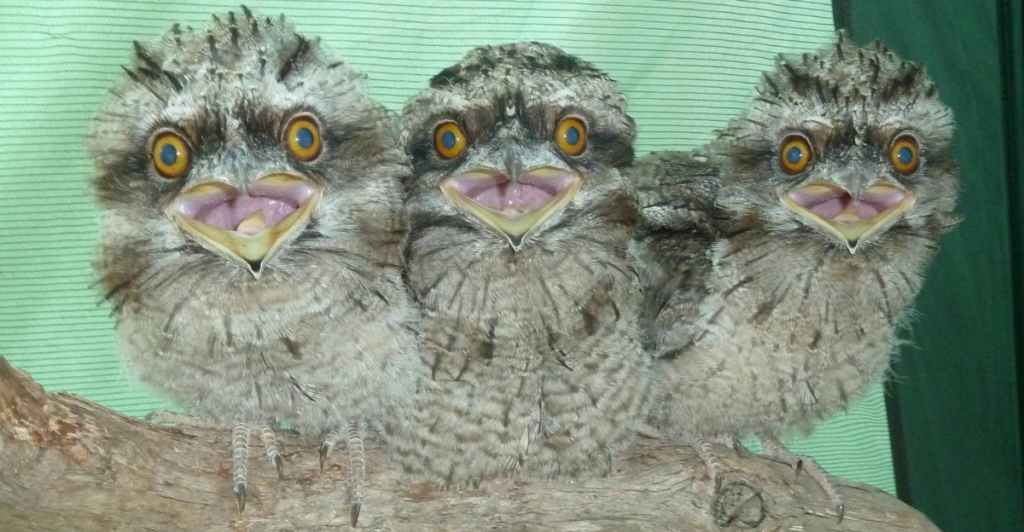
Mature great potoos are exceptionally well adapted and face few threats. However, their nests and young are at risk from monkeys, falcons, and tayras. They try to camouflage their nests as their main form of defense against natural predators.
Cultural Significance
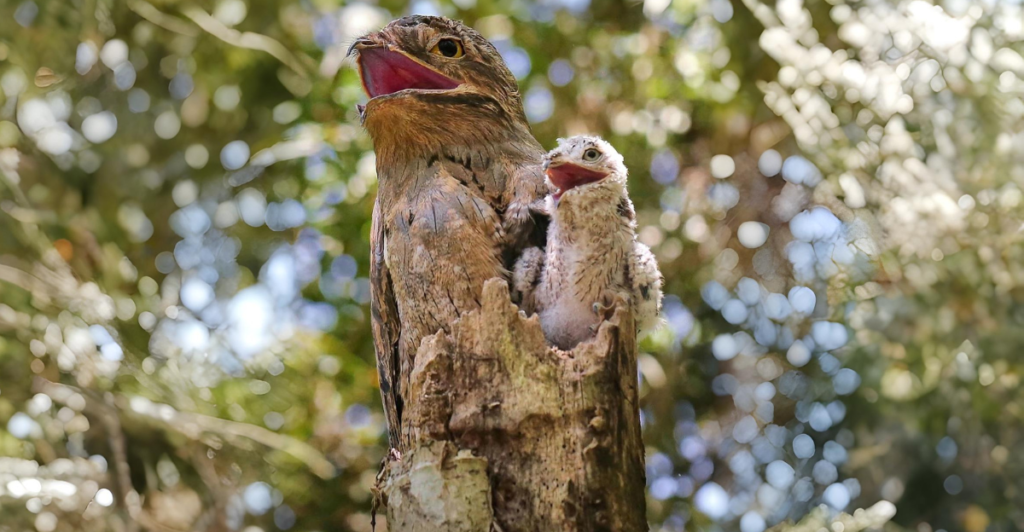
The strange physical attributes and haunting calls have given the great potoo a lot of cultural significance in Central and South American communities. The bird is considered to be a bringer of bad luck in some places, and in others is a spirit of the forest.
Conservation Status
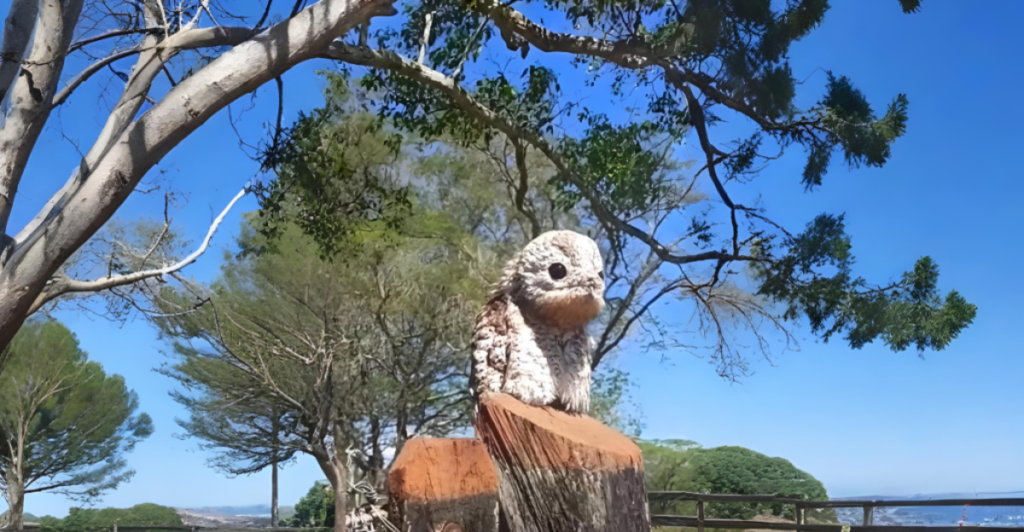
Thankfully, the great potoo is listed as a species of least concern and has a thriving population due to its evolutionary adaptations. Despite their resilience, they still could face potential threats through deforestation and habitat loss.
Explore more of our trending stories and hit Follow to keep them coming to your feed!

Don’t miss out on more stories like this! Hit the Follow button at the top of this article to stay updated with the latest news. Share your thoughts in the comments—we’d love to hear from you!







